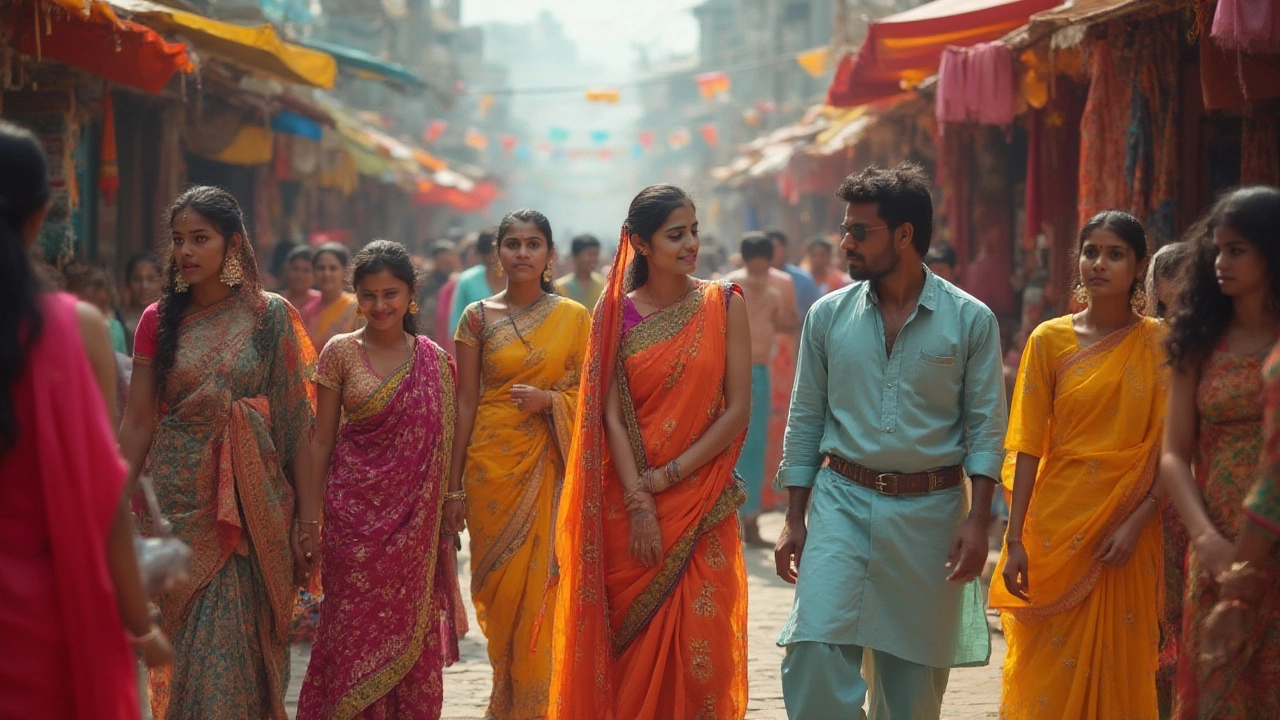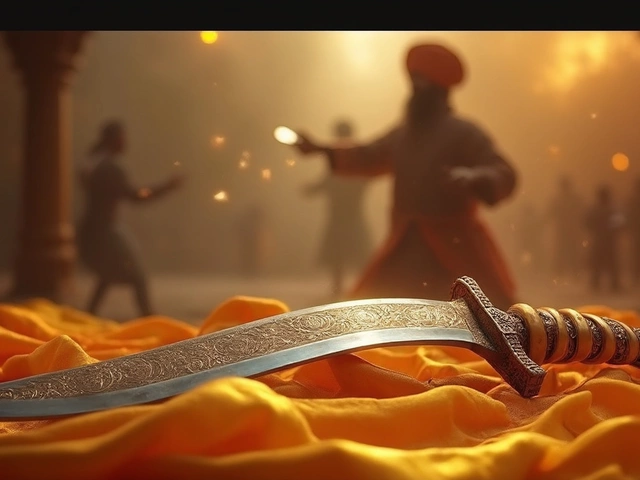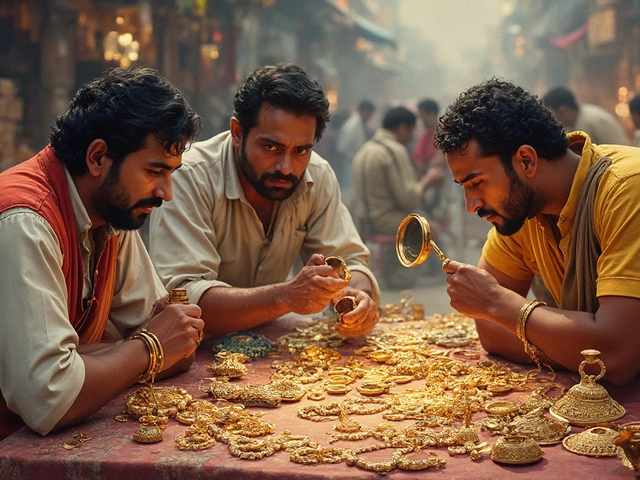Indian Traditional Clothing: Styles, Fabrics & How to Wear Them
If you’re looking to wear Indian clothing without guessing, you’re in the right spot. From the soft feel of cotton kurta to the regal shine of silk saree, each piece has a purpose. Below you’ll find the basics you need to pick the right outfit for any occasion.
Key Fabrics for Comfort and Elegance
First up, fabric matters more than you think. Cotton and linen are unbeatable for hot summers – they breathe, they dry fast, and they keep you from feeling sticky. For cooler evenings or formal events, choose silk, brocade, or chiffon. Silk drapes beautifully, looks luxurious, and works well for weddings and festive gatherings.
When you see a label that says “Pashmina,” expect a soft, warm shawl that’s perfect for winter weddings or a cozy night out. If a fabric feels heavy and shiny, it’s probably a blend of silk and zari (gold thread) – ideal for bridal wear. Look for natural fibers if you want durability; synthetic blends can mimic the look but may itch after a few hours.
Regional Styles and When to Wear Them
India’s size means its clothing varies by state. In the north, the classic look is a salwar‑kameez paired with a dupatta. It’s easy to style, works for daily wear, and can be dressed up with embroidered work for festivals. In the south, the silk saree – especially Kanchipuram or Mysore silk – dominates weddings and temple visits.
From the west, think bandhani or tie‑and‑dye fabrics in bright colors, perfect for Navratri or Holi. In the east, the handloom Bengal cotton saree brings a subtle elegance to a casual lunch or a cultural event. When you choose a style, match it to the event’s formality: simple cotton for a family gathering, silk with heavy borders for a bride’s ceremony.Accessories can transform any outfit. Pair a plain kurta with a statement necklace and matching bangles for a festival vibe. A traditional nose stud or a small maang tikka adds a touch of heritage without overwhelming the look.
Now that you know the fabrics and regional styles, the next step is fit. Tailored blouses for sarees, a proper length for churidar pants, and a comfortably snug dupatta drape make a huge difference. Don’t be afraid to ask a tailor to adjust the shoulder seams of a kurta – a better fit looks instantly sharper.
Finally, care for your clothes. Hand‑wash silk in cold water with a mild detergent, then air‑dry away from direct sunlight. Cotton can go in the washing machine but use a gentle cycle. Store silk sarees rolled in a cotton cloth to avoid creases and protect the zari work.
With these basics, you can confidently pick an Indian traditional outfit that feels right, looks great, and respects the cultural roots behind each piece. Happy styling!
Traditional Dresses Worn Across India: Popular Ethnic Styles Explained
Discover which dresses are worn all over India, from sarees to kurta-pajamas. Get interesting facts, tips, and cultural insights about Indian traditional outfits.




